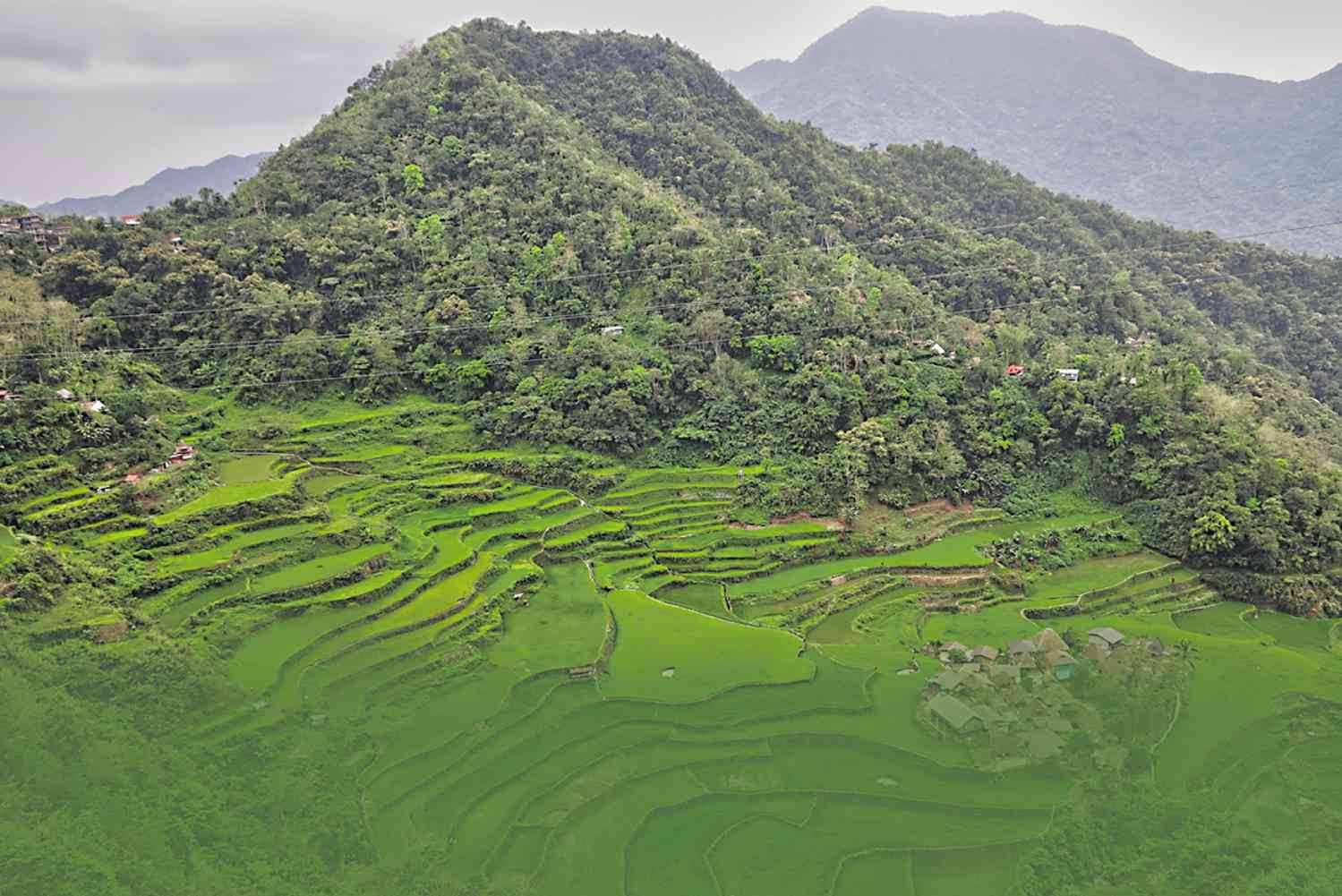Ancient agri practices may be key to food security

THE GLOBAL population is expected to reach about nine billion by the middle of this century, and experts around the world are hard-pressed to identify the means with which they can boost food production to keep up with the attendant boom in demand.
Based on the projections of the Food and Agriculture Organization (FAO), the world will need to increase food production by an average of 60 percent globally to meet the expected growth in population by 2050.
For developing countries like the Philippines, food output must grow by an average of 77 percent.
Not surprisingly, the first recourse is to rely on technological innovations to ramp up farm output. But in shoring up global food production over the next 35 years, experts are turning to centuries-old practices that continue to sustain indigenous farmers.
Our very own Ifugao Rice Terraces—a heritage site where a strong farming tradition has enabled it to endure for over 2,000 years—has become part of this advocacy.
According to the FAO, such practices have to be adapted and extended because technological innovation alone cannot feed a hungry planet.
For centuries, farmers, fishers and livestock herders “have, by necessity of their own survival, developed or inherited their own farming practices and adapted in ingenious ways, to meet their subsistence needs … without depending much on modern agricultural technologies,” FAO assistant director general Hiroyuki Konuma said.
The United Nations agency, along with international and local partners, have set up an initiative called Globally Important Agricultural Heritage Systems (GIAHS).
“The GIAHS aims to help smallholder farmers, indigenous communities and rural people living in and around these indigenous systems,” Konuma said. “Today, there are … millions of smallholders, family farmers and indigenous peoples practicing resource-conserving farming, which is testament to the remarkable resiliency of these agro-ecosystems.”
Worldwide, there are 32 designated GIAHS sites in 14 countries, including the rice terraces of Ifugao, which has also recognized as a Living Cultural Heritage Site.
GIAHS partners in the Philippines are the Department of Agriculture and the Department of Environment Resources, as well as the local governments and farming communities in Ifugao—particularly the towns of Hungduan and Kiangan.
Other GIAHS sites are spread out in Algeria, Chile, China, India, Iran, Kenya, Japan, Morroco, Peru, South Korea, Tanzania, Tunisia and the United Arab Emirates.
The Ifugao terraces has been described as the Philippines’ only remaining highland mountain ecosystem.
According to the FAO, the continued existence and viability of the Ifugao terraces “is a manifestation of strong culture-nature connections, marvellous engineering systems, innovation and determined spirit of the Ifugaos to maximize use of the mountainous land for food production.”
Key to their endurance is the management of the “muyong,” a forest that contain more than 264 indigenous plants and which caps every cluster of terraces, through a collective effort using traditional tribal practices.
The terraces, which are themselves clusters of micro-watersheds, serve as a rainwater and filtration system and are saturated with irrigation water all year round.
In 1995, the UN Educational, Scientific and Cultural Organization included five terrace clusters in Ifugao on its list of World Heritage Sites “because their spectacular landscapes expressed conquered and conserved harmony between humankind and the environment.”
Terraced rice paddies are not unique to the Philippines. In fact, two of the 32 GIAHS sites are also rice terraces. One is the Hani terrace complex in China’s southwestern province of Yunnan, which shares borders with Burma (Myanmar) and Vietnam. The other is the Gudeuljangnon terrace complex of Cheongsando Island, which is part of Jeollanam-do—the province at the southern tip of the Korean peninsula.
“Agricultural heritage systems can be found all over the world,” the FAO said. “Characteristically, these systems are rich in agricultural biodiversity and associated wildlife, and are important resources of indigenous knowledge and culture.”
In all GIAHS sites, the global initiative has put in place a conservation program based on adaptive management.
This means that the program pursues economic viability of the farming system, the identification of environmentally sustainable strategies in the face of growing climate change, and the empowerment of smallholder or traditional family farming and indigenous communities.
